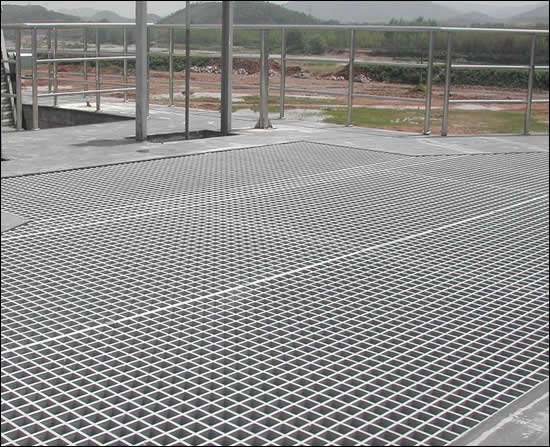-
+86 15030157877
-
sales@galvanizedmetalmesh.com
sie . 19, 2024 11:41 Back to list
Steel Angle Manufacturing Key Insights and Industry Overview
The Importance and Evolution of Steel Angle Factories
Steel angles are one of the most commonly used structural steel shapes in construction and manufacturing. These versatile pieces of metal serve as critical components in various applications, from buildings and bridges to machinery and furniture. The manufacturing of steel angles has evolved significantly over the years, largely influenced by advancements in technology and a growing demand for durable and efficient construction materials.
The Basic Structure of Steel Angles
Steel angles are typically L-shaped pieces of metal, characterized by their equal or unequal legs. The primary dimensions that define an angle's effectiveness in structural applications are its length, thickness, and the angle itself, which is usually 90 degrees. This simple geometric form allows for a multitude of uses, including support beams, brackets, and reinforcements, making steel angles indispensable in both light and heavy structural applications.
The Steel Angle Manufacturing Process
Manufacturing steel angles involves several key steps, from sourcing raw materials to the final product inspection. The process starts with the procurement of high-quality steel billets, which are then heated and passed through a series of rollers to achieve the desired shape. The rolling process can be done at hot or cold temperatures, depending on the specifications needed. After shaping, the steel angle undergoes cooling and may be further treated to enhance its properties, such as strength and resistance to corrosion.
Quality control is paramount at every stage of production. Factories employ various testing methods to ensure the angles meet industry standards for strength, durability, and precision. Inspecting for flaws, such as cracks or inconsistencies, is critical to promote safety in construction applications.
Technological Advancements
steel angle factories

In recent years, the steel angle manufacturing industry has witnessed significant technological advancements. Automation and robotics have improved production efficiency, reduced labor costs, and enhanced precision in shaping and cutting processes. Additionally, computer-aided design (CAD) systems allow manufacturers to create custom steel angles tailored to specific construction requirements, streamlining the design and manufacturing relationship.
Moreover, environmental concerns have prompted changes in the industry. Many factories are making strides to minimize their carbon footprint by employing cleaner production methods and recycling scrap steel. The push for sustainability has not only addressed ecological impacts but also has encouraged innovations in product development and the introduction of high-performance steel alloys.
Market Demand and Applications
The demand for steel angles remains robust across diverse sectors. The construction industry, in particular, is a significant consumer due to the ongoing need for infrastructure development, residential construction, and commercial projects. Similarly, the manufacturing industry relies on steel angles for machinery and equipment, where strength and reliability are paramount.
As urbanization continues to rise globally, the construction of skyscrapers, bridges, and public transportation systems drives the demand for structural steel. The versatility of steel angles allows them to adapt to various architectural designs, contributing to both aesthetic and structural integrity.
Conclusion
Steel angle factories are at the heart of modern construction and manufacturing, producing essential components that meet the challenges of today’s demands. The combination of traditional manufacturing practices and innovative technology has positioned the industry to thrive in a competitive market while ensuring safety and sustainability. As the need for robust infrastructure and advanced manufacturing solutions grows, the role of steel angle factories will continue to be vital in shaping the future of construction and engineering.
-
Welded Gabion Solutions: Durable & AI-Enhanced Designs
NewsAug.01,2025
-
Premium Welded Gabion Mesh | Robust & Eco-Friendly
NewsJul.31,2025
-
Premium Eco-Friendly Roof Tiles | Affordable & Durable
NewsJul.31,2025
-
Premium Roof Tiles for Durable & Stylish Roofing Solutions
NewsJul.30,2025
-
High-Quality Roof Tiles for Durable & Stylish Roofing Solutions
NewsJul.29,2025
-
High Quality Square Wire Mesh Manufacturer & Supplier for Wholesale
NewsJul.29,2025



